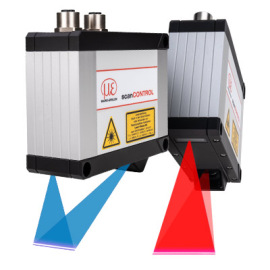Sensor fusion
QASS has opened up its measurement system for universal applications and enables sensor fusion in conjunction with Python. This enables the labelling of sensor signals for process, component or machine states, regardless of the sensors or machine signals used. Various methods are available for connecting sensors to the Optimiser4D measurement system.
Methods for sensor connection
- the direct method: Sensors that require fast sampling or are susceptible to electromagnetic interference can be connected directly to the measuring system via QASS preamplifiers.
- the semi-direct method: Digital signals or data streams can be connected directly to the measurement system via standard computer interfaces. In the measurement data analysis, these are recognised as virtual ports and integrated into the data analysis.
- the indirect method: sensors with a low sampling rate, such as temperature sensors, can be indirectly connected to the optimiser via Raspberry Pi with its own measuring cards. The Raspberry Pi takes over the sampling and A/D conversion and even enables the control of machines that normally do not support communication with modern control units.
External interfaces in the Optimiser4D software
- Interface files
The Linux motto ''Everything is a file'' applies here. You can create one or more files, which are then defined as an input data stream. The data rate is defined flexibly and each value is automatically processed as a floating point number. It is also possible to define multi-channel data streams to accept several measured values with the same sampling rate. The source of the data is unimportant; for example, it can be generated by a Python script during a measurement. This interface allows the integration of data from simulations or a self-built IOT system based on a Raspberry Pi, regardless of whether the connection is serial, via LAN or WLAN. - Python-virtual-Interface
Here, Python programmers have the option of developing their own plugins that provide a GUI within the Optimizer4D software. These plugins can be used to set various parameters of the remote data and sensor source. All settings supported by the sensors can be parameterised from here. - Interface plug-ins for C++ programmers
For C++ programmers, QASS offers a C++ template with which sensor plug-ins can be easily created using the open source development system ''Qt''.
These plugins read data and sensor sources and support the parameterisation of the sensor technology.
QASS preamplifier
Our QASS preamplifiers offer outstanding performance in communication with analogue inputs of the Optimizer4D, with sampling rates of up to 50M samples. They are available in versions for AC and DC, each with BNC and triax connections. Particularly noteworthy is our triax version, which was specially developed for our ''active structure-borne sound sensors''. These preamplifiers have an additional integrated amplifier and comprehensive electrical shielding. Up to 8 of our PAs can be connected to the Optimizer4D, whereby 4 can be digitised in parallel.
QASS sensors and supported sensor types
QASS has extensive experience in working with various sensors, including:
- Structure-borne sound sensors (Q-WT and Q-WTA) up to 50MHz.
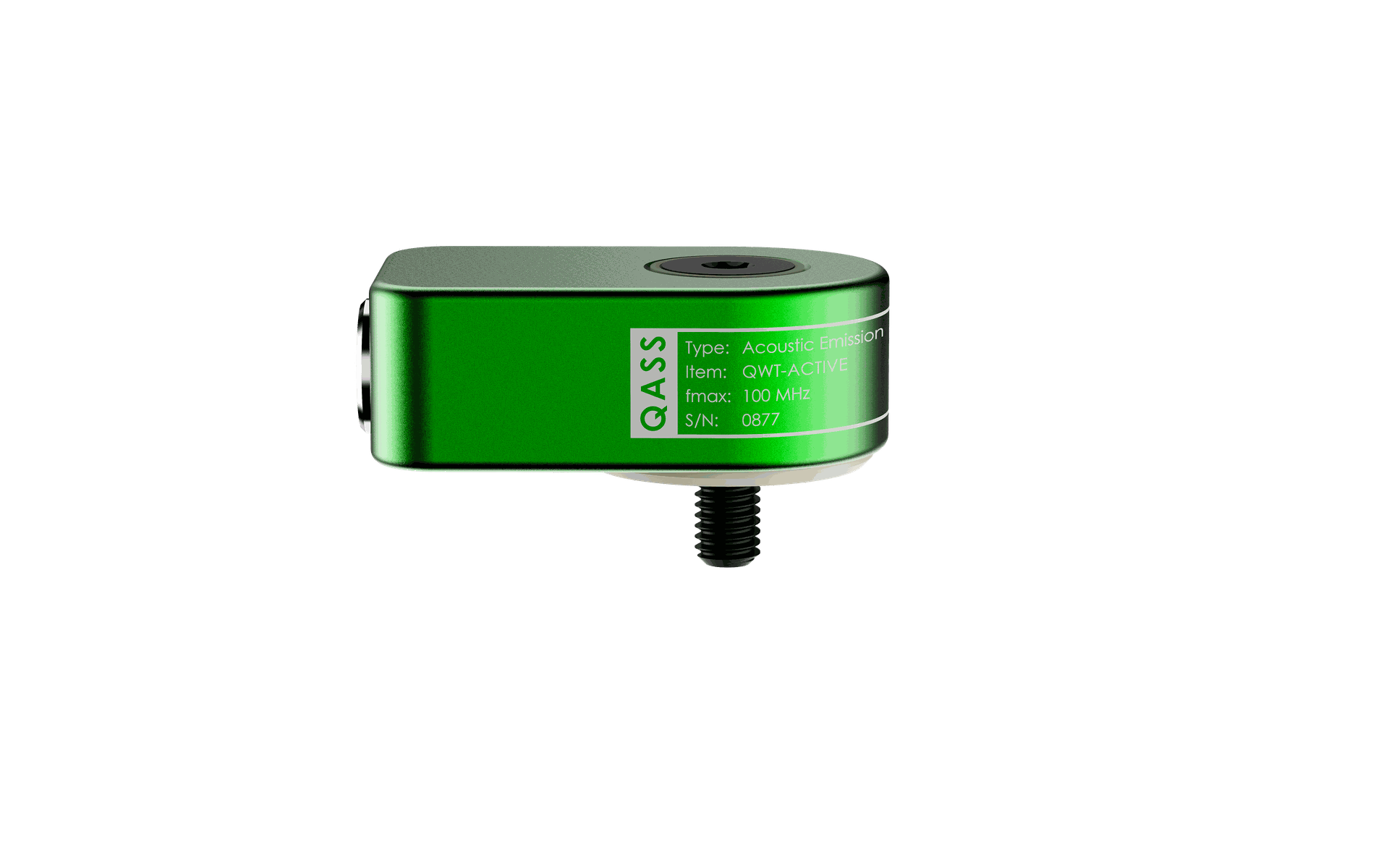
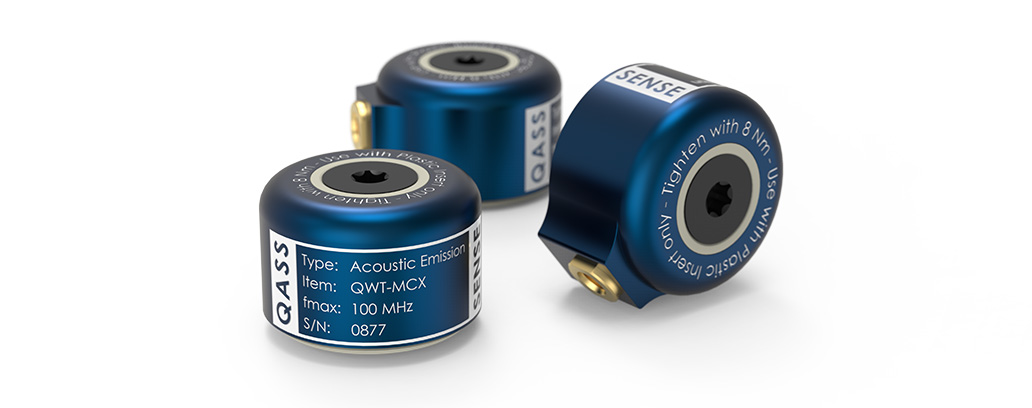
- Barkhaus sensors with integrated laser distance sensors (up to 4MHz).
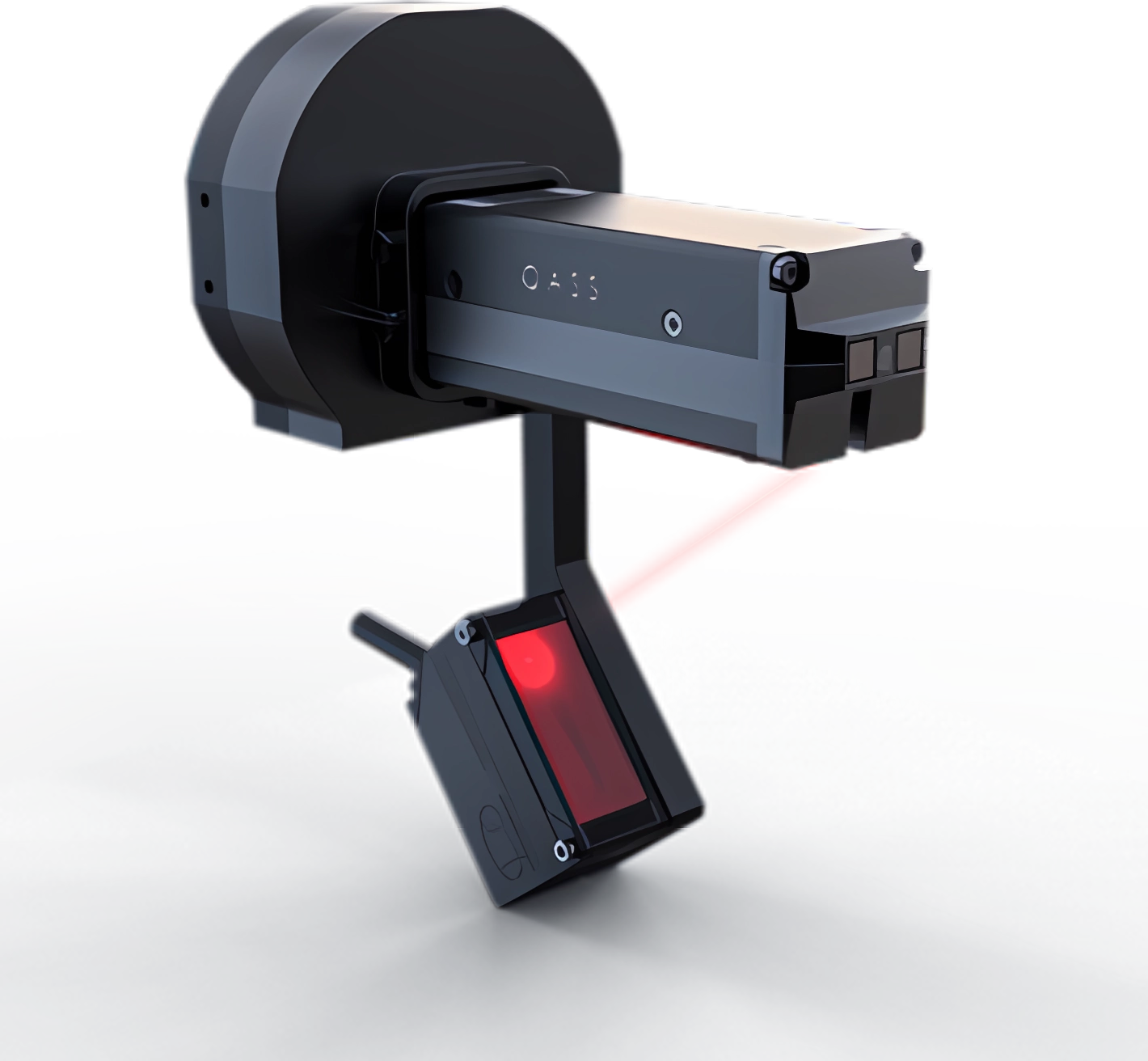
- Current and voltage sensors for high-frequency sampling, e.g. welding currents and voltages.
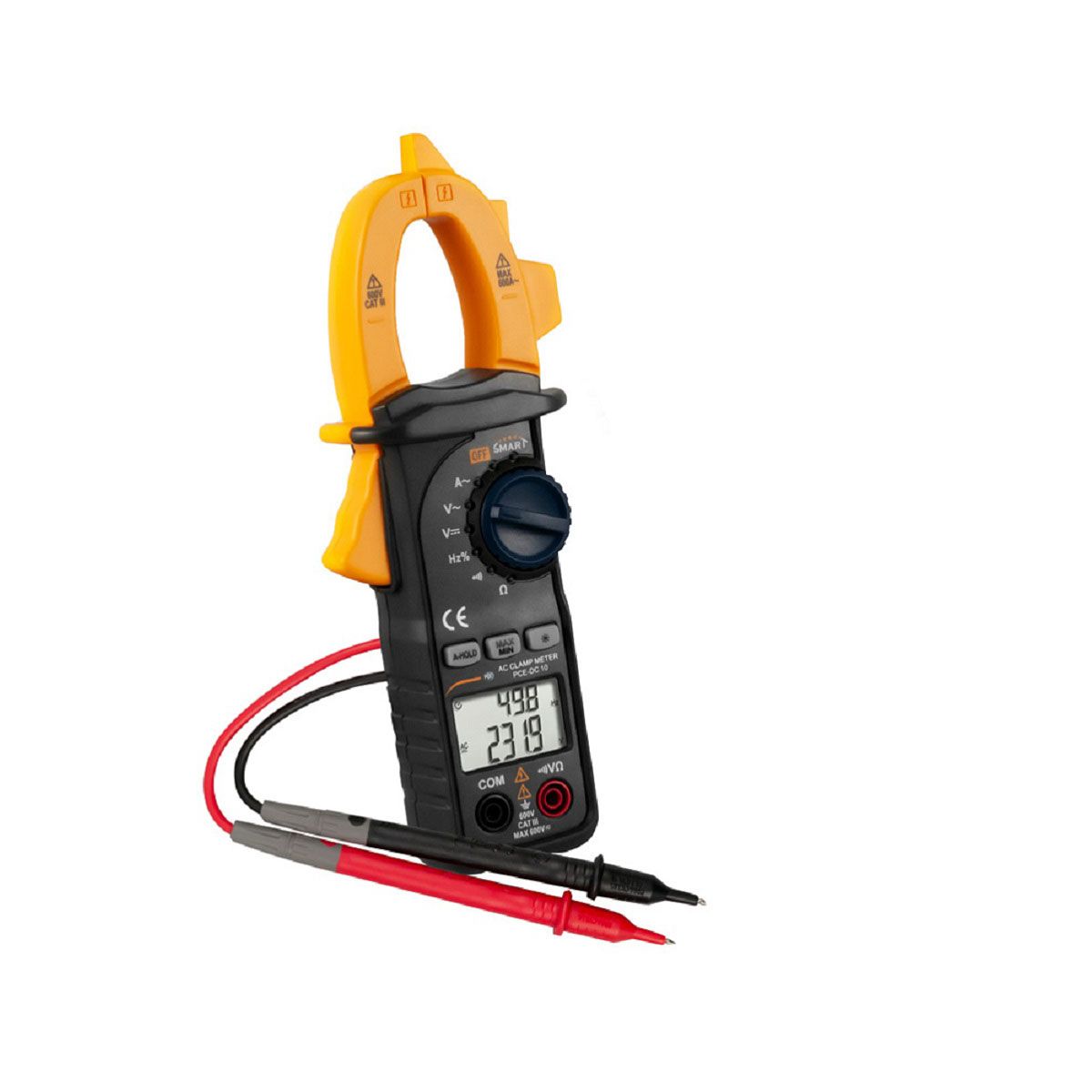
-
Laser distance sensors
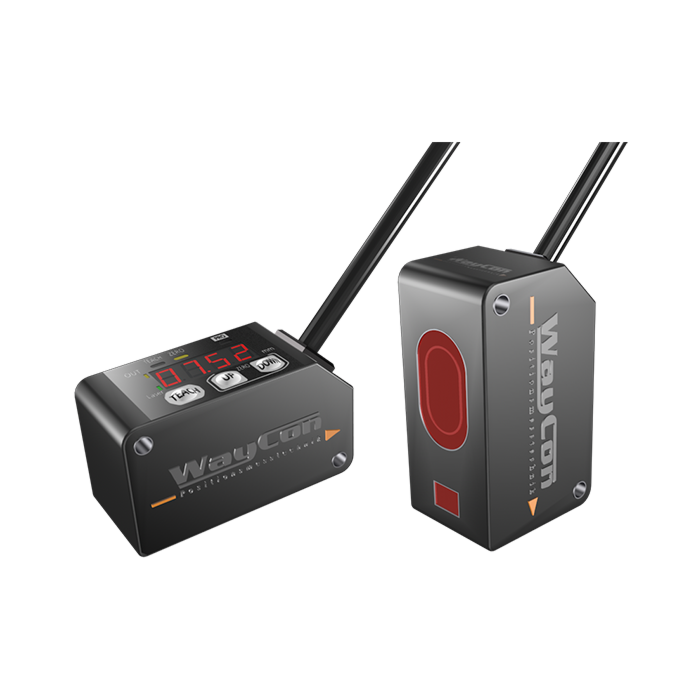
-
Laser line scanner
- Webcam
- Pyrometer
- Microphones
- inductive/capacitive distance sensors
- all other sensors
- Databases
- Files
- SPS Data
Data acquisition and integration
Almost all analogue sensors can be digitised using small computers such as the Raspberry Pi, and their data is made available via USB or TCP/IP. This is the case, for example, with inductive or capacitive distance sensors and various temperature sensors. Sensors that already provide their data in digitalised form can also be integrated via USB or TCP/IP. These include laser distance sensors, pyrometers and refractometers. Furthermore, data streams from a PLC, for example via OPC-UA, can be read, processed with a Python script and coupled into the Optimizer4D as a virtual data stream. This enables the time-correlated availability of all sensors of the PLC in Optimiser4D.
If the PLC data changes only slowly, it can alternatively be saved as a ''process event'' in the SQL database of the Optimiser4D to ensure efficient data acquisition and processing.
